Nail fungus, medically known as onychomycosis, is a common dermatological condition that can affect both fingernails and toenails. Fungal nail infections, also known as onychomycosis, occur when fungi—yeasts, moulds, or dermatophytes—invade the nails. These infections are more likely to affect toenails because of the warm, moist environment inside shoes, which is perfect for fungal growth. Left untreated, fungal infections can cause your nails to become thick, discoloured, and brittle. Not a pretty sight! Yeasts, molds, or dermatophytes typically cause toenail fungus.
You can acquire these fungi from several sources, including coming into contact with someone who has a fungal infection, moist environments, and unsterilized nail equipment. Once the fungus penetrates the nail, it damages the viable nail matrix and causes the nail bed to become thickened. The dermatophyte also invades the overlying nail plates, distorting and detaching it. Factors like prolonged exposure to moisture, poor blood circulation, and a compromised immune system can contribute to susceptibility.
Understanding Fungal Nail Infections
Yeasts, molds, or dermatophytes typically cause toenail fungus. You can acquire these fungi from several sources, including coming into contact with someone who has a fungal infection, moist environments, and unsterilized nail equipment.
Once the fungus penetrates the nail, it damages the viable nail matrix and causes the nail bed to become thickened. The dermatophyte also invades the overlying nail plates, distorting and detaching it. Factors like prolonged exposure to moisture, poor blood circulation, and a compromised immune system can contribute to susceptibility.
Types
A fungal nail infection can present itself in multiple ways. Depending on the infection agent, it can be classified into three main types:
Subungual Onychomycosis
Also known as tinea unguium, subungual onychomycosis is the most common kind that results from fungi called dermatophytes. The infection starts underneath the nail (distal subungual onychomycosis) or in the nail bed (proximal subungual onychomycosis). This type is distinguished by yellow discoloration that spreads from the edges of the nail to its center.
White Superficial Onychomycosis
White superficial onychomycosis is caused by a species called Fusarium or Acremonium. It only affects the top layer of the nail and is relatively easier to treat. The infection starts as white spots, which later become powdery and lead to crumbly nails.
Candidal Onychomycosis
A yeast called Candida causes this infection. The area around the nails becomes inflamed and swollen, and the nail may come off entirely. Candida onychomycosis tends to happen to nails that another infection or an injury has already damaged.
How Red Light Therapy Works Against Nail Fungus
Red light therapy is a non-invasive, natural, and safe treatment that you can rely on for the cure and management of nail fungus. The procedure involves exposing your skin to light being emitted by RLT devices. Average treatment time is 10 to 15 minutes per day. Getting full-body coverage of the beneficial red light may maximize the effect, contributing to better onychomycosis management. Always be sure that your feet are bare during treatment and that they receive sufficient light.
Treating your feet with the red light just after a shower helps thoroughly kill treatment-resistant fungi and bacteria. According to research, red light therapy works by using specific wavelengths of light (usually between 660nm and 850nm) to penetrate the affected area and destroy the fungus. This is done through a process called photoablation, where light energy damages the fungal cells, ultimately killing them while leaving your healthy cells unharmed. This helps not only in killing the fungus but also in regenerating the damaged nail.
Benefits of Red Light Therapy for Nail Fungus
Along with the direct destruction of fungal cells, red light therapy also supports the body in multiple ways to fight the disease. It does this through the following mechanisms :
Reduced Inflammation
The body’s natural response to invading fungus is acute, short-term inflammation. Red light therapy supports this process. However, any ongoing chronic inflammation can damage healthy mitochondrial cells and compromise the performance of the immune system. Red light therapy reduces chronic inflammation to support cells in their defense against fungal infections.
Increased Circulation
Red light acts as a vasodilator, which widens the diameter of vessels and increases blood circulation. Improved circulation allows the white blood cells to reach the affected area and help during the healing stage. This is particularly important for patients suffering from peripheral artery disease and for people with diabetes who are most vulnerable to fungal infections.
Increased Cellular Energy
Antifungal medications may kill the fungus, but they can’t prevent the infection from recurring. Red light therapy initiates a chain of actions that promote ATP synthesis. Thus, skin cells have more energy to protect themselves from the pathogens in case they return.
Increased Keratin Production
Nails are made up of a hardened protein called keratin. Red light stimulates the production of this protein and promotes nail growth in the nail matrix once the fungus is eradicated.
Combining Red Light Therapy with Other Treatments
Red light therapy has shown promise in treating nail fungus, but combining it with other treatments can potentially enhance its effectiveness. This multi-faceted approach aims to tackle the fungal infection from different angles, improving the chances of successful treatment. Combining red light therapy with topical antifungal medications can provide a synergistic effect.
Antifungal preparations applied on and under the nail can improve the appearance of fungal nails, although they may not be sufficient as a standalone cure. By combining red light therapy with topical antifungals and lifestyle modifications, patients may experience improved outcomes in treating nail fungus. This comprehensive approach addresses the infection from multiple angles, potentially leading to more effective and long-lasting results.
View our products:
- https://bontanny.com/products/bontanny-table-stand-series-red-light-therapy-ba300
- https://bontanny.com/products/bontanny-remote-control-series-professional-red-light-therapy-device-with-stand
- https://bontanny.com/products/bontanny-portable-series-red-light-therapy-device
- https://bontanny.com/products/bontanny-moving-pro-series-red-therapy-light-device
Treatment Process and Tips for Best Results
If you're considering trying red light therapy at home, here are some tips to maximize your results: Choose a medical-grade device that emits light in the 660nm-850nm wavelength range. This is the sweet spot for killing fungal cells while promoting healing. Expose your affected nails to red light for 10-15 minutes daily. Depending on the frequency and duration of the treatment, it can take from weeks to months to start seeing results.
Regular sessions can ensure effective treatment of the infection and reduce its probability of coming back later. Keep trimming the nail every few days as it grows so that as many fungal layers are removed from the site.
Frequently Asked Questions (FAQs)
How long does it take to see results from red light therapy for nail fungus?
Results vary depending on the severity of the infection and consistency of treatment. You may start noticing improvements in nail appearance within a few weeks, but significant results, such as clear nail growth, often take 3 to 6 months as the nail grows out.
Is red light therapy safe for everyone?
Red light therapy is generally safe for most people, including the elderly and those with sensitivities to oral antifungals. It’s non-invasive and has no known systemic side effects. However, consult a healthcare provider if you have specific medical conditions or concerns.
Can I use red light therapy alongside other nail fungus treatments?
Yes, red light therapy can be combined with topical antifungal creams or oral medications for a synergistic effect. This combination may improve outcomes by attacking the fungus from multiple angles.
How often should I use red light therapy for nail fungus?
For best results, use a red light therapy device for 10-15 minutes daily or as recommended by your device’s guidelines. Consistency is key, and twice-daily sessions may be advised for severe infections.
Does red light therapy prevent nail fungus from returning?
Regular sessions and proper nail care, such as keeping nails trimmed and maintaining good hygiene, can reduce the likelihood of recurrence. Combining therapy with lifestyle changes, like avoiding moist environments, further helps prevent reinfection.

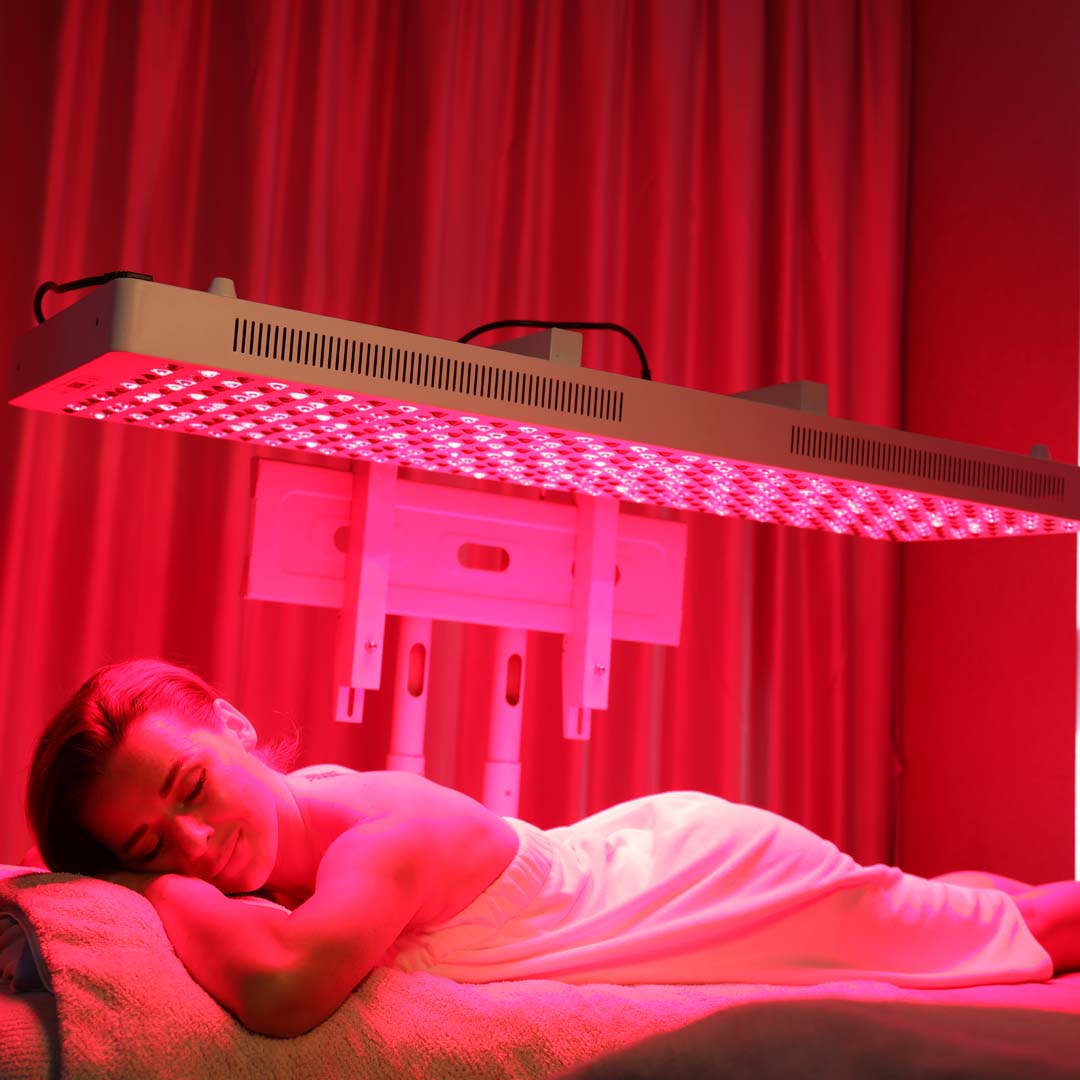
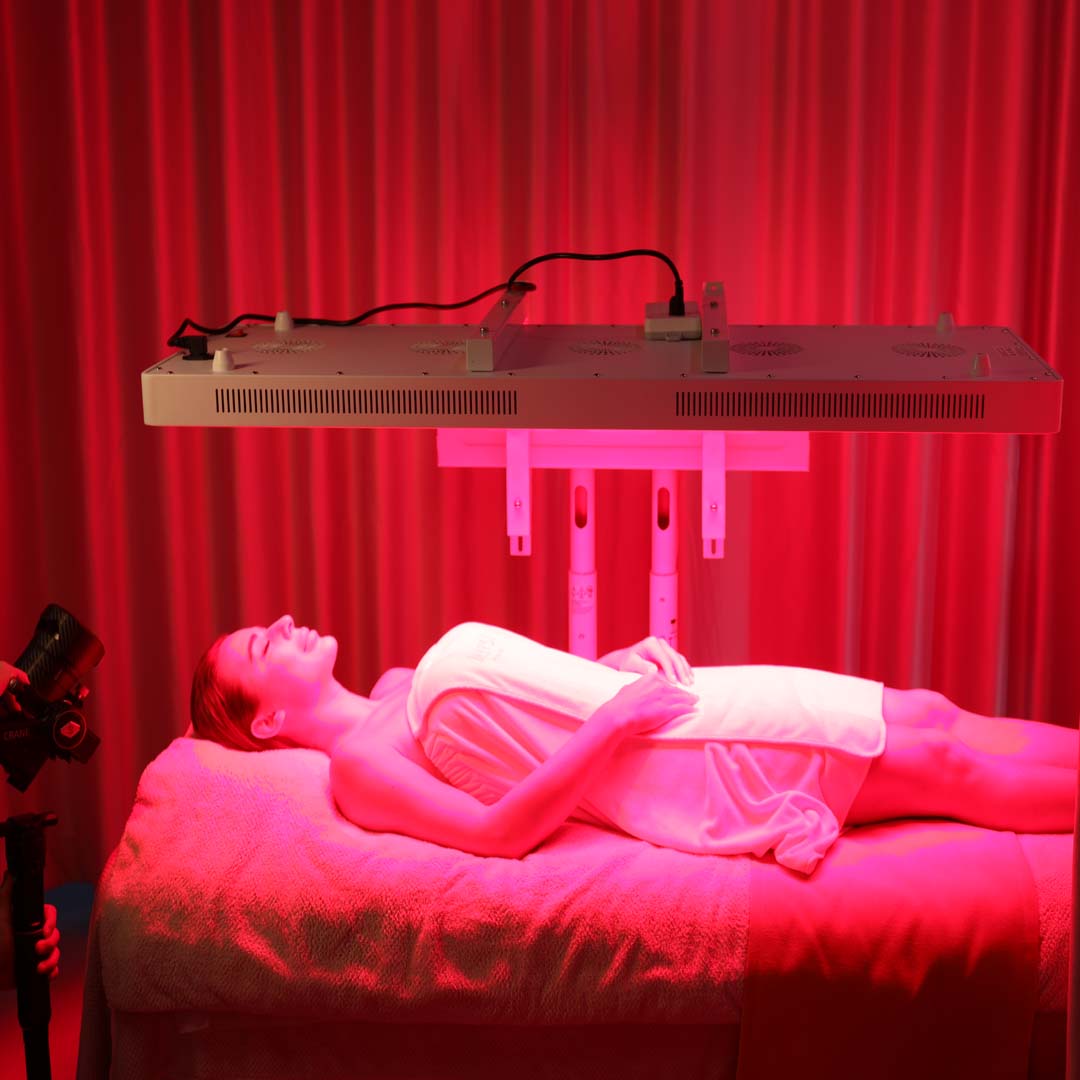

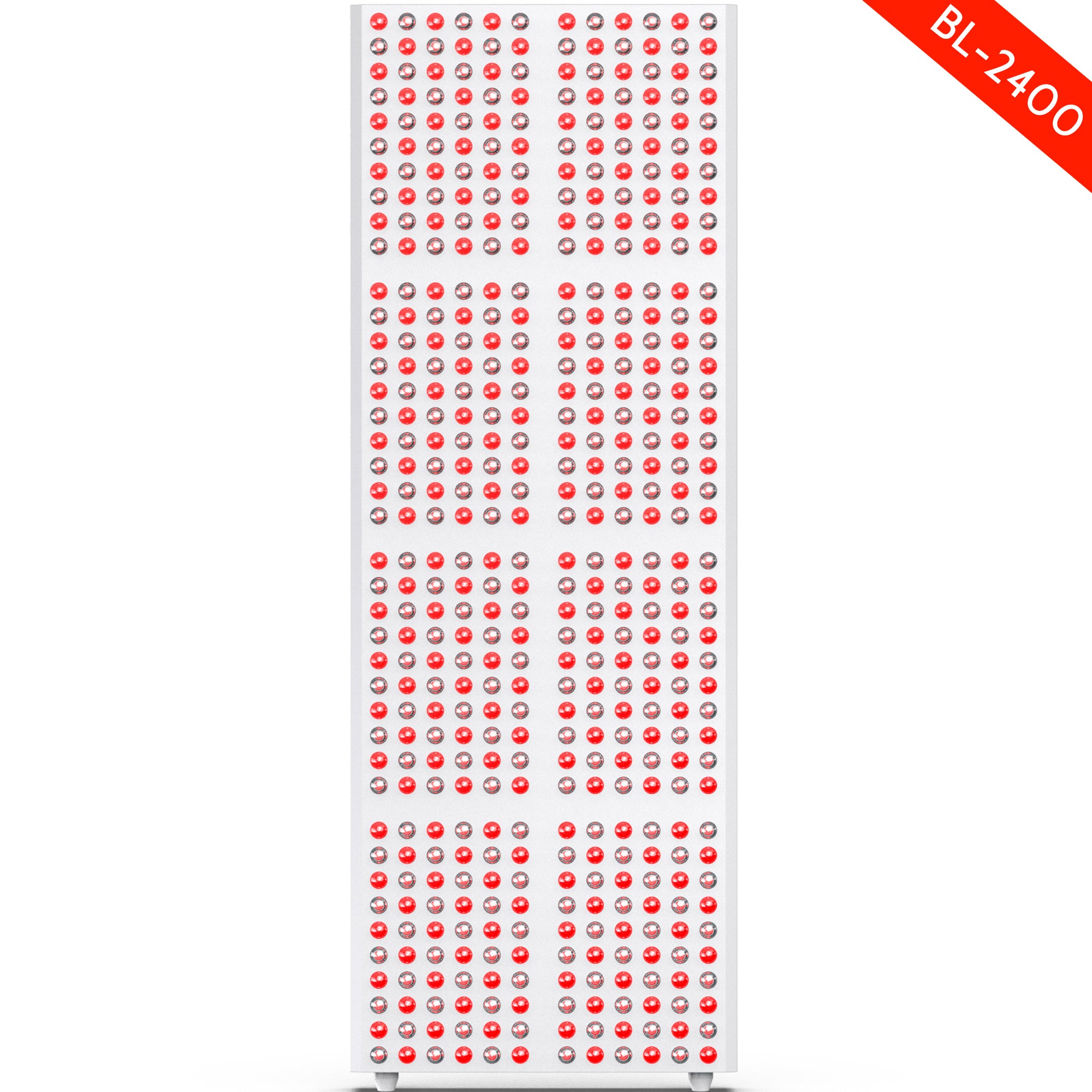
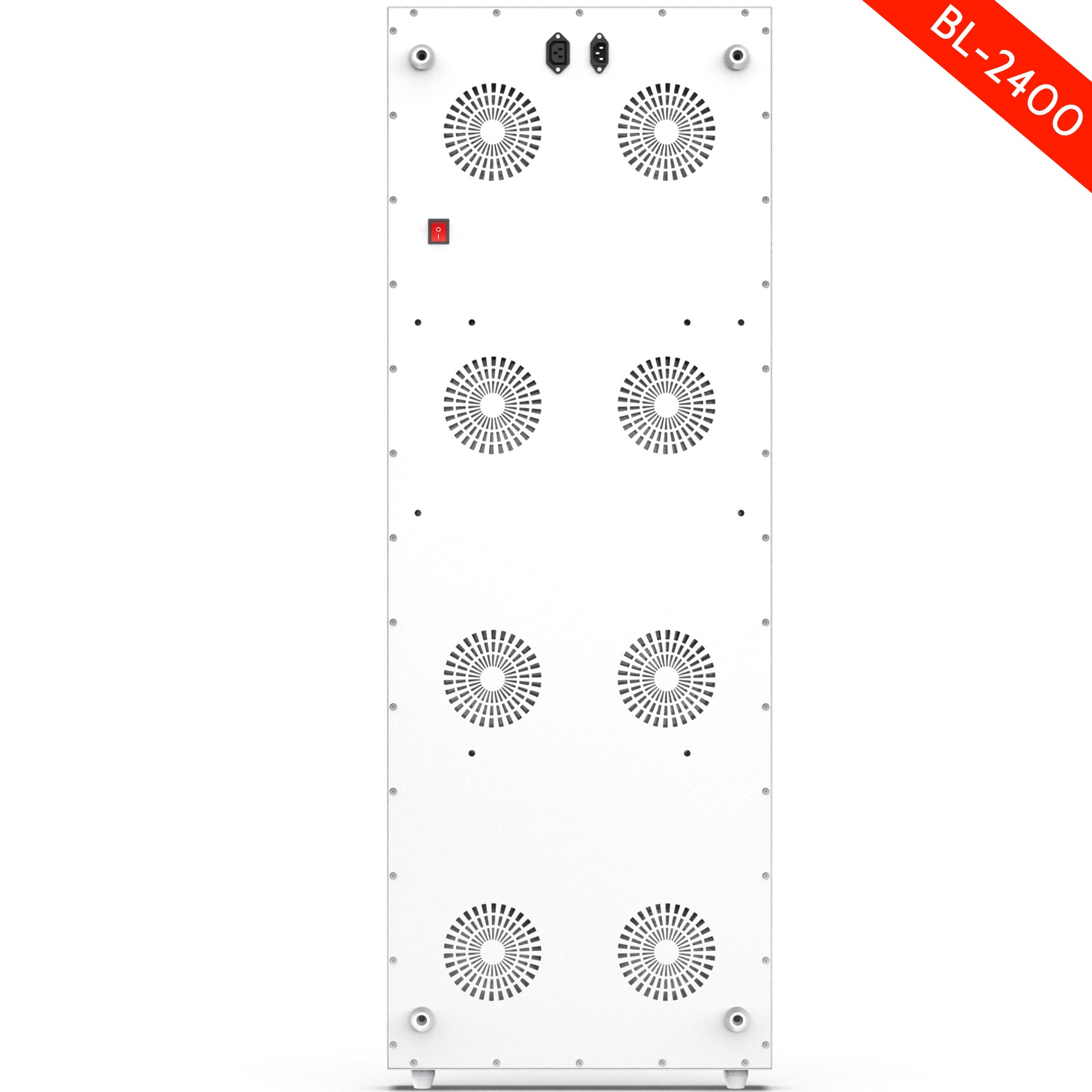
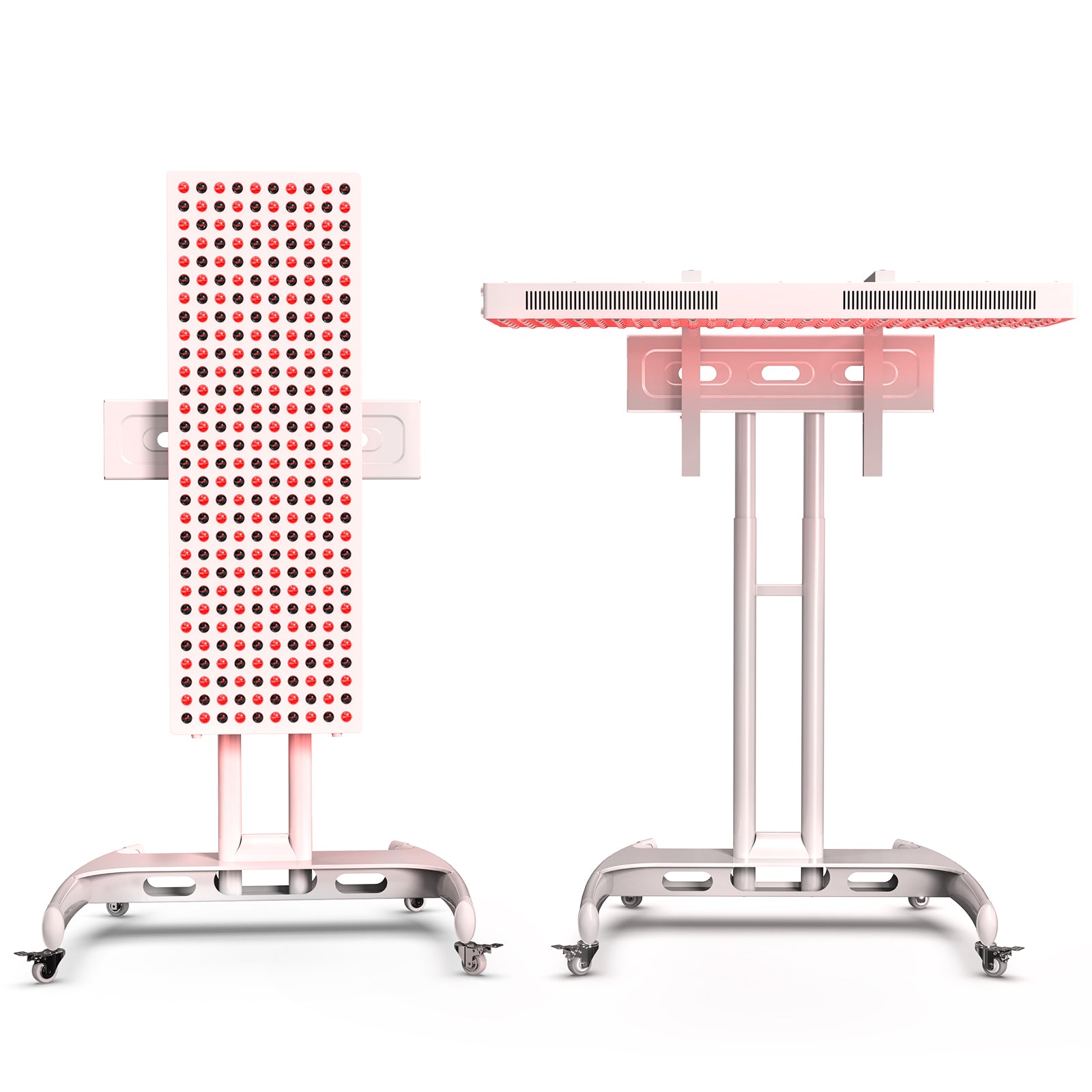
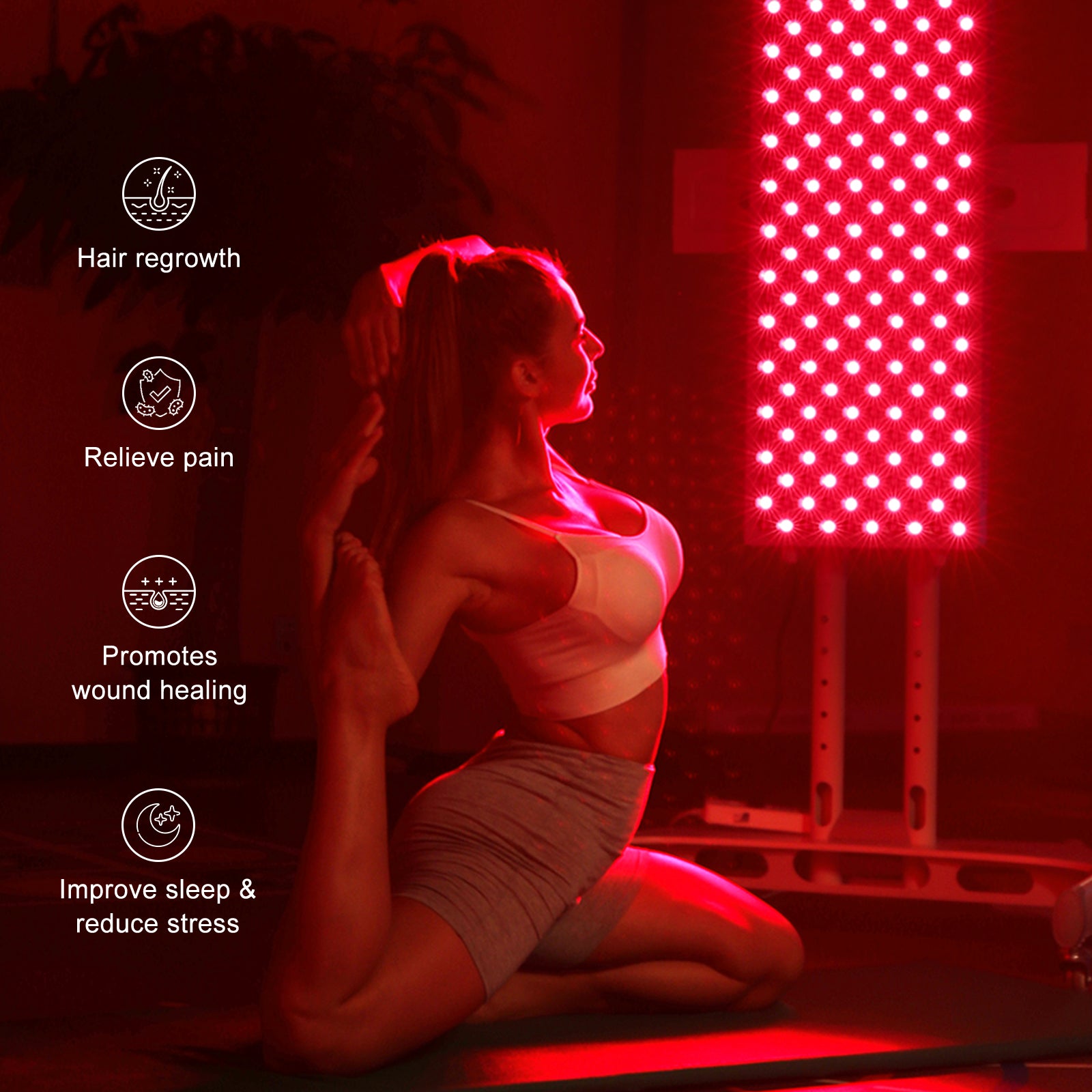
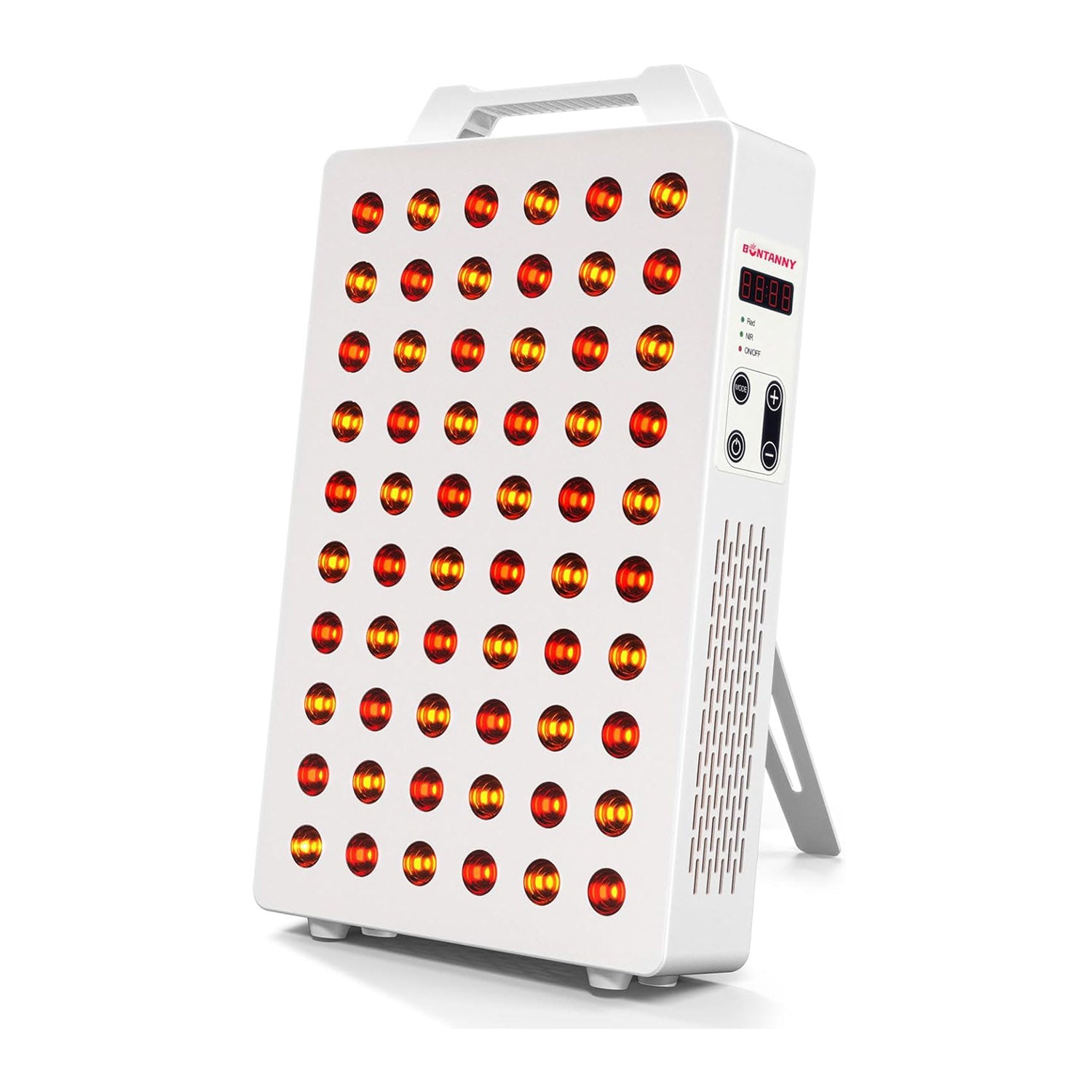
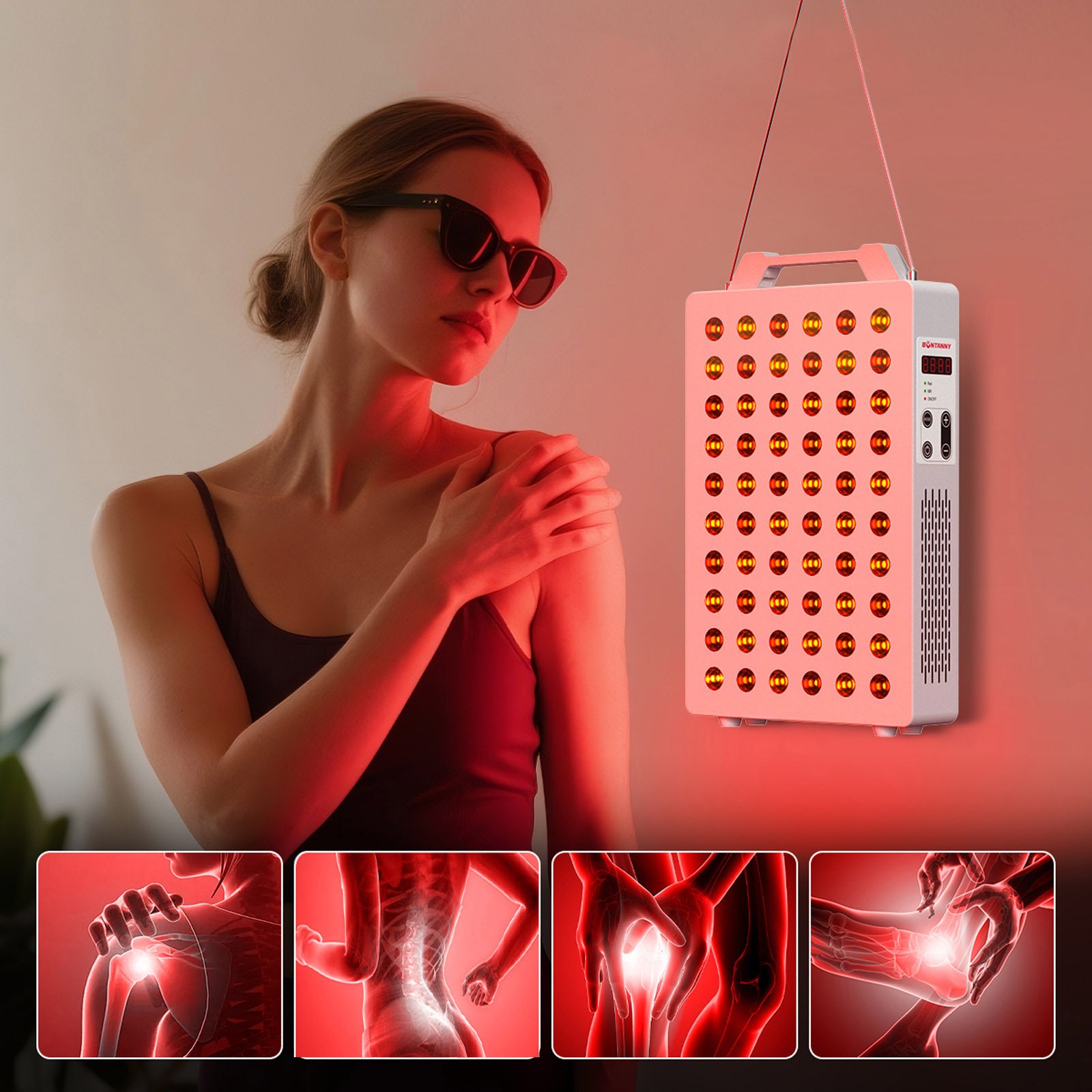
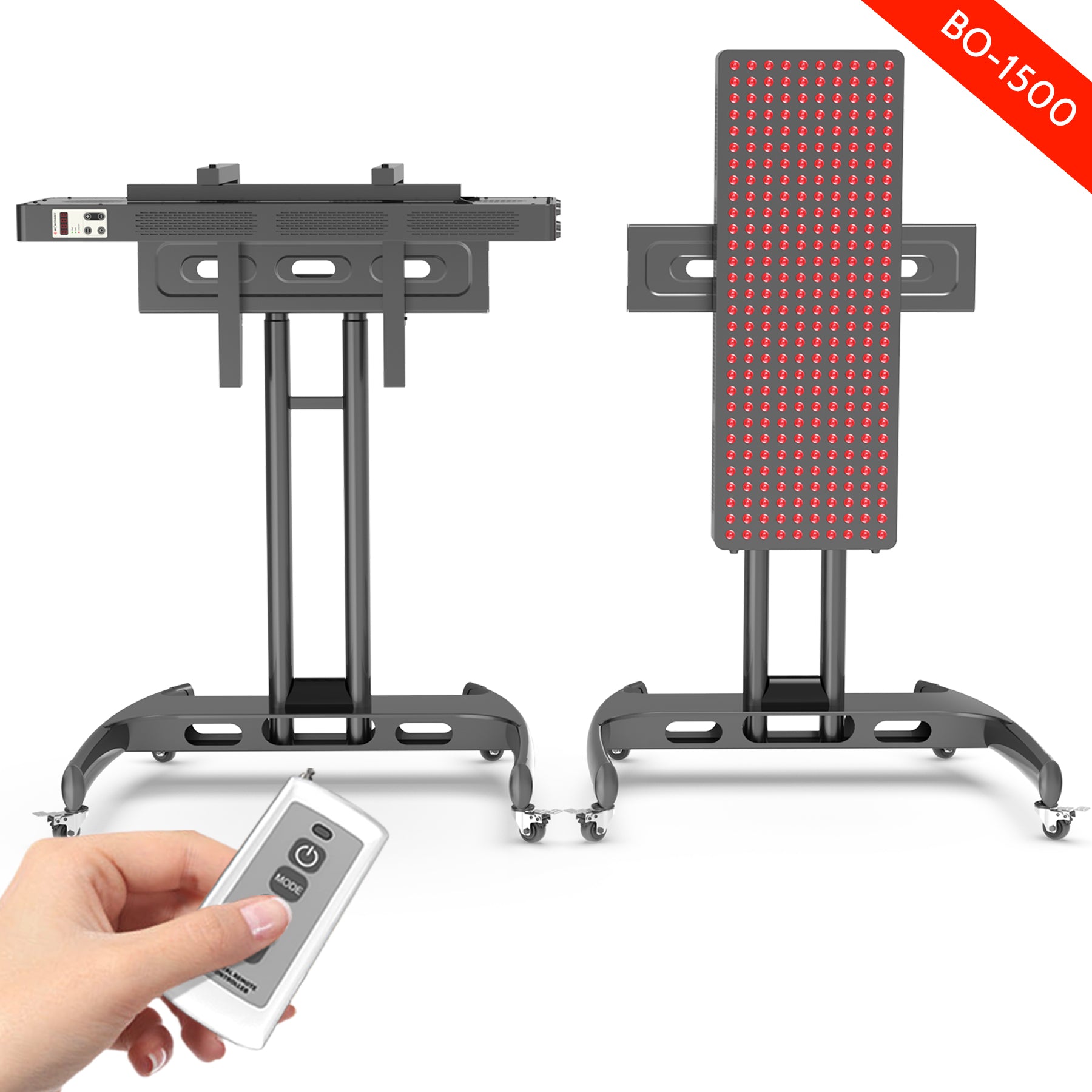
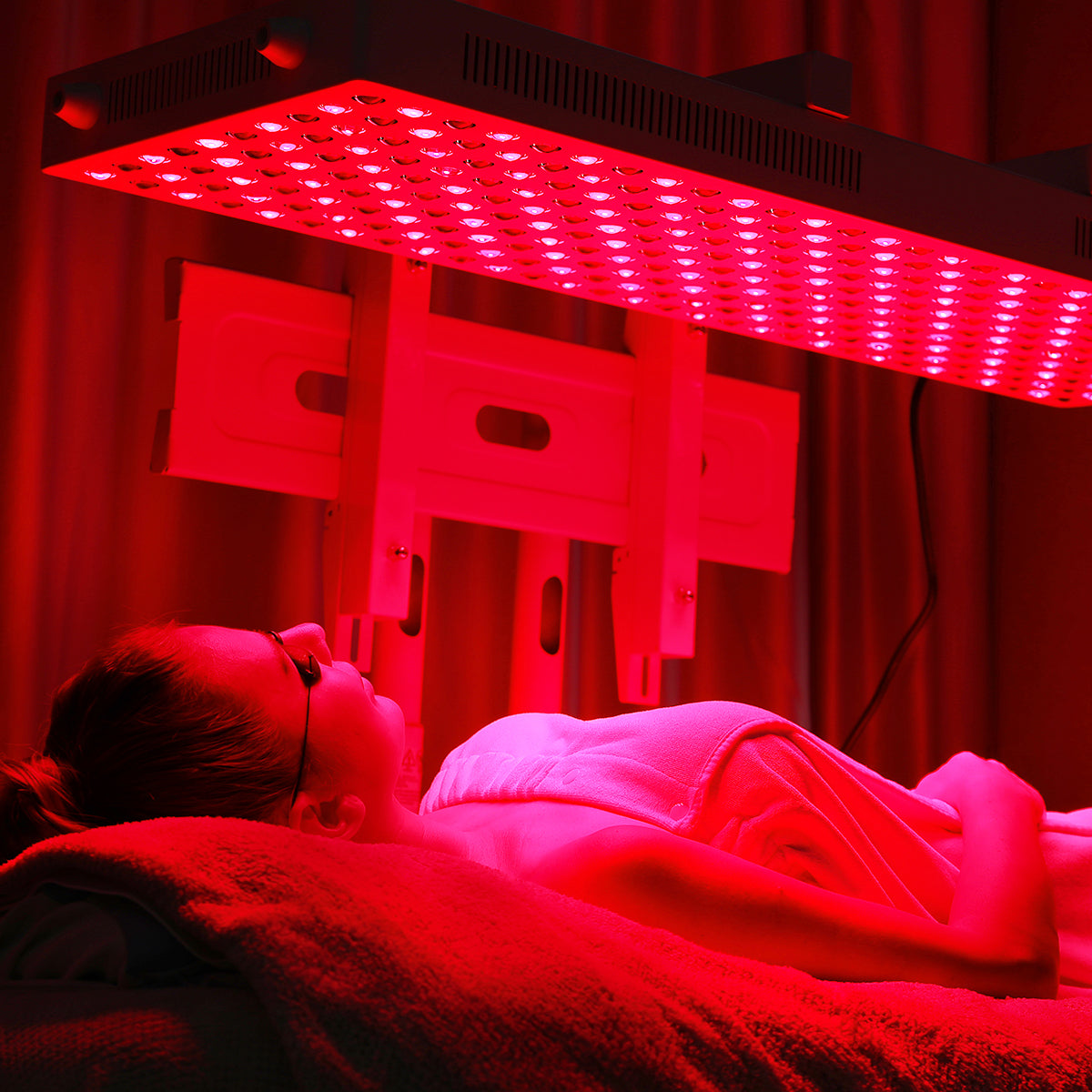
Leave a comment
This site is protected by hCaptcha and the hCaptcha Privacy Policy and Terms of Service apply.